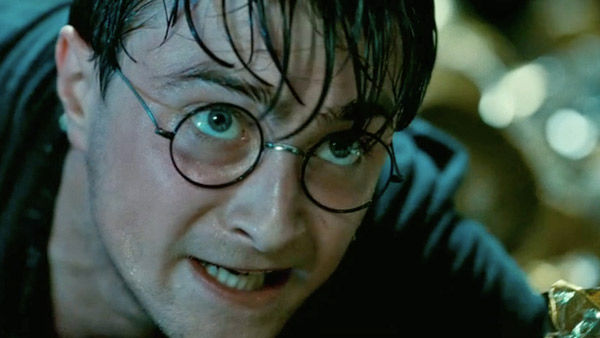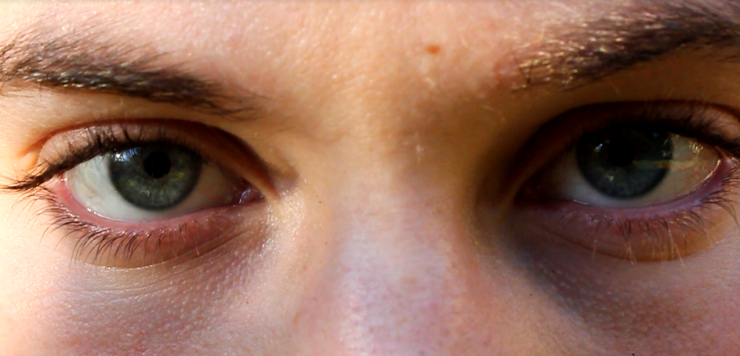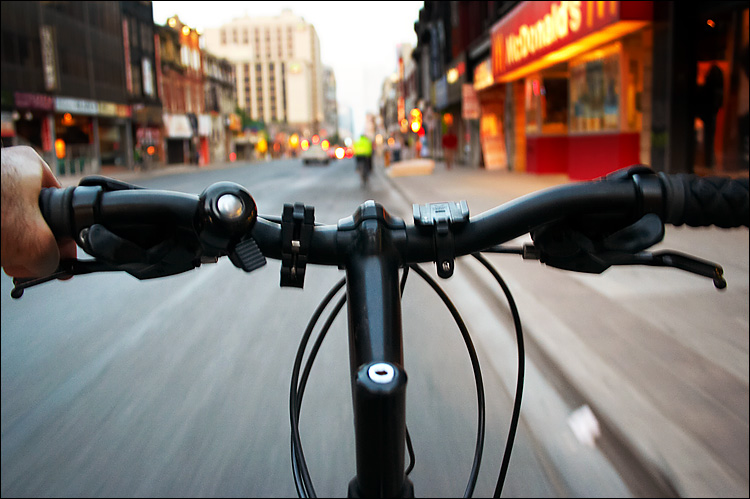Shot Lengths
Shot Lengths
Extreme Long Shot: Extreme is a comparative term,
with the true distance being dependent upon subject matter. This type of shot
is generally used as a scene- setting or 'establishing' shot. In generalized
terms, it shows an exterior i.e. office blocks or landscape, it has been known
to be used in disaster filming, showing destruction and providing the audience
with an element of thrill.
Long Shots: These shots show the whole person or the feature object as part of the
landscape. The establishing shot in film production is usually a shot showing
the audience the actor/s in their environment. This ascertains the context of
the shots to follow, and gives a useful overall perspective.


Medium Shot: This type of shot generally shows a character from the knees/ waist
up. This allows the viewer to clearly see the characters' expressions and
movement without dominating the screen. This type of shot usually cuts out much
of the background, allowing concentration to be on body language & dialogue,
as reaction shots can draw the audience in.

Close-up : A close- up shot shows very little background, and focuses mainly on
either a face or a specific detail of Mise-en-scene- everything in the
background becomes blurred. This type of shot magnifies the object and directs
the audience to the significance of the action/ reaction of that time.


Extreme Close up: It magnifies beyond
what a human eye would experience. These shots are used for dramatic emphasis-
by framing only an eye or mouth, the director can add drama, suspense or
tension to the moment in the narrative.

Over the shoulder: This shot is framed from behind a person who is looking at the subject. The person facing the subject should usually occupy about 1/3 of the frame, it heps establish the position of each person, and get the feel of looking at one person from the other's point of view.It is often used in a conversation and with a shit reverse shot.

POV shot: This is a point of view shot and is used to show the frame from a characters perspective. It can allow an audience to empathize with what a character is feeling as they see it first hand,


Over the shoulder: This shot is framed from behind a person who is looking at the subject. The person facing the subject should usually occupy about 1/3 of the frame, it heps establish the position of each person, and get the feel of looking at one person from the other's point of view.It is often used in a conversation and with a shit reverse shot.

POV shot: This is a point of view shot and is used to show the frame from a characters perspective. It can allow an audience to empathize with what a character is feeling as they see it first hand,




Comments
Post a Comment